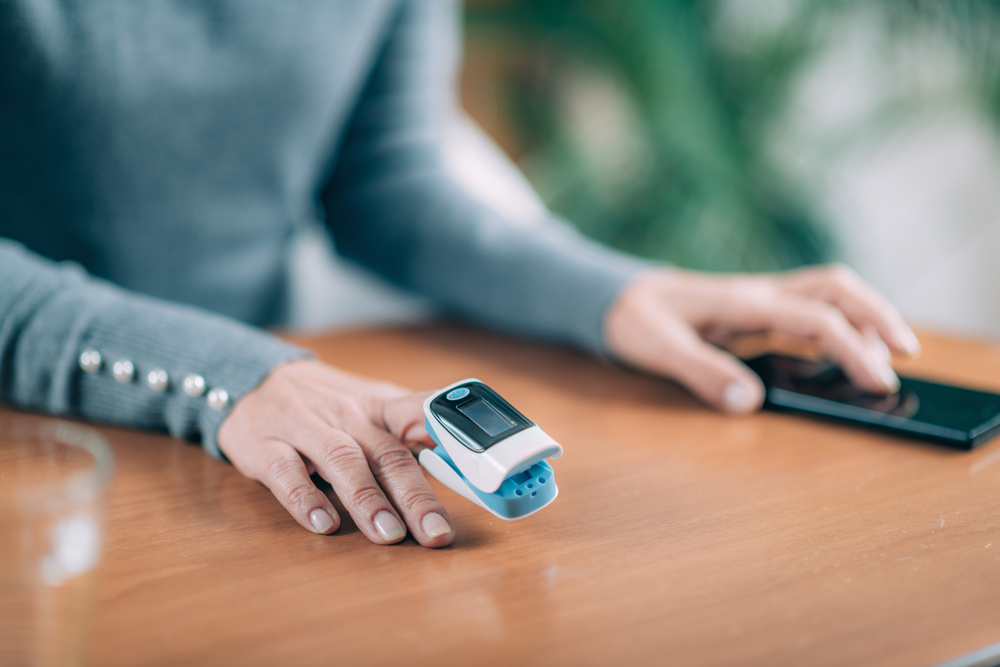If Covid-19 taught us anything, it is that the best things in life are definitely not free. If anything, they can be quite costly
With the virus, going out and hanging out with family and friends became mortally costly.
Traveling and physically attending lectures was out of the question.
Something as underrated as breathing independently became so difficult when one had chronic manifestations of the virus.
In the wake of all this, close attention to basic hygiene and good health care practices was born. While pulse oximetry has been around for a while and the importance of checking oxygen levels has been reiterated multiple times. The attention paid to oxygen levels increased significantly with the advent of the virus. This is large because COVID-19 destabilizes the respiratory system, thus affecting oxygen levels.
Pulse oximetry and the blood gas test are the two major ways of measuring blood oxygen levels. While both tests produce accurate results, pulse oximetry is the easy, non-invasive and faster option. All you have to do is:
- Make sure the patient is seated comfortably.
- Attach the clip of the sensor to their finger, toe, or earlobe, making sure the area is clean and free of nail varnish or artificial nails
- Wait as the pulse oximeter reads and displays a result in a matter of seconds.
While it is mostly used to monitor blood oxygen levels in persons with conditions like asthma. Pneumonia, chronic obstructive pulmonary disease COPD, and lung cancer the pulse oximeter can also be used to:
- The ventilator is needed when a patient needs help breathing
- Evaluate tolerance for increased physical activity
- Track oxygen levels during surgical procedures
- Determine the efficacy of lung medication
- Track and record breathing patterns in respiratory studies
While all the parts of the pulse oximeter are important. The sensor is what I like to call “the first among equals”. As its authenticity and functionality determine. How accurate the results obtained. It becomes especially important to make sure your sensor is not only functioning well but is of premium quality.
The Sensoronics High-Quality Reusable Philips Compatible SpO2 Sensor is one of the best pulse oximeter brands on the market. It is reusable and comes in only the adult 3ft and 9ft versions only. The m1196a sensor is compatible with the Philips C1 and C3 ranges, M3 and M4 ranges, MP20, MP30, MP40, MP50, MP70, and MP80 ranges, VM4, VM6, and VM8 ranges, HeartStart MRx, SureSigns VS2, SureSigns VS3, and Viridia 24C ranges. The sensor only comes. This sensor is ISO 9001 and CE certified and can replace advantage Medical Cables PR-A520-1006V, C&S S403-910, Envitec F-2414-15, Pacific Medical NHPH1020, Philips M1196A, and Tenacore TCPF-1206-0212. Asides from matching the warranty of the original manufacturer. Sensoronics guarantees full compatibility with the OEM part being replaced. To qualify for same-day delivery, place your order before 2 p.m. Pacific time.







